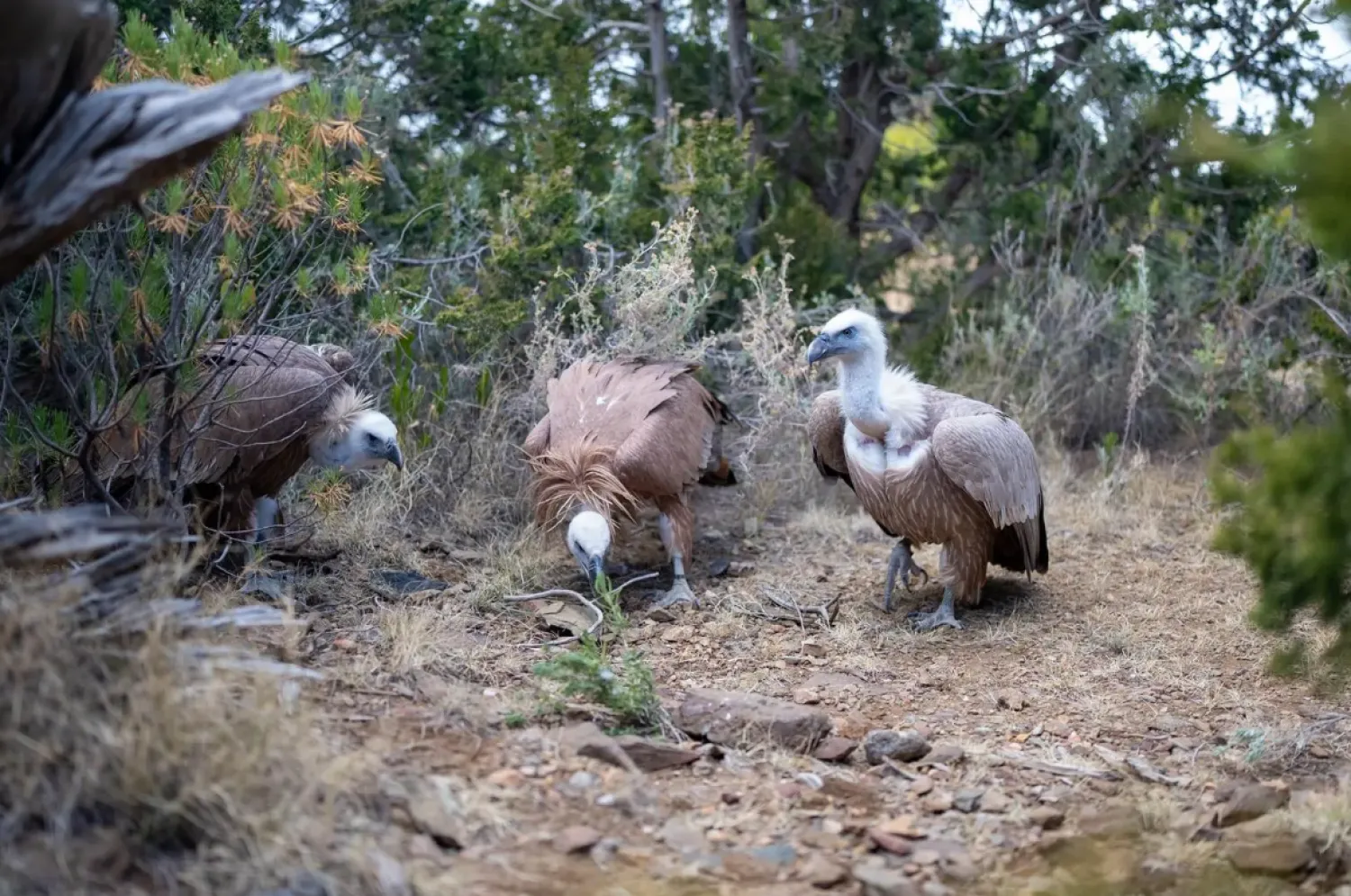A pilot and two children survived on the wing of a plane for about 12 hours after it crashed and was partially submerged in an icy Alaska lake, then were rescued after being spotted by a good Samaritan.
Terry Godes said he saw a Facebook post Sunday night calling for people to help search for the missing plane, which did not have a locator beacon. On Monday morning, about a dozen pilots — including Godes in his own airplane — headed out to scour the rugged terrain for the missing plane. Godes headed toward Tustumena Lake near the toe of a glacier and spotted what he thought was wreckage.
"It kind of broke my heart to see that, but as I got closer down and lower, I could see that there's three people on top of the wing," he told The Associated Press on Tuesday.
After saying a little prayer, he continued to get closer and saw a miracle.
"They were alive and responsive and moving around," he said, adding they waved at him as he approached.
The missing Piper PA-12 Super Cruiser, piloted by a man with two immediate juvenile family members aboard, flew Sunday on a recreational sightseeing tour from Soldotna to Skilak Lake on the Kenai Peninsula.
The three were rescued on the eastern edge of Tustumena Lake on Monday by the Alaska Army National Guard after Godes alerted other pilots searching for the plane that he had found it. Another pilot, Dale Eicher, heard Godes' radio call and alerted troopers since he was closer to Skilak Lake and figured he had better cell reception. He was also able to provide the plane's coordinates to authorities.
"I wasn’t sure if we would find them, especially because there was a cloud layer over quite a bit of the mountains so they could have very easily been in those clouds that we couldn’t get to," Eicher said. But he said that finding the family within an hour of starting the search and finding them alive "was very good news."
The three survivors were taken to a hospital with injuries that were not considered life-threatening, Alaska State Troopers said.
"They spent a long, cold, dark, wet night out on top of a wing of an airplane that they weren’t planning on," Godes said.
He said there were many miracles at play, from the plane not sinking, to the survivors being able to stay perched atop the wing, to the three surviving the night in temperatures dipping into the 20s (subzero Celsius).
"It's a cold dark place out there at night," he said.
The plane was mostly submerged in the lake with only the wing and the top of the rudder exposed above the ice and water, Godes noted.
Alaska is a state with few roads, leaving many communities to rely on small airplanes as the preferred mode of transportation.
Last month, in western Alaska, 10 people died when a small commuter plane that was overweight by half a ton crashed into sea ice in the Norton Sound, near Nome on the state’s western coast.
Five years ago, a deadly midair collision near the Soldotna airport claimed the lives of seven people, including an Alaska state lawmaker.
The Alaska Army National Guard dispatched a helicopter from its base in Anchorage to rescue the three people on Monday morning.
The initial plan was to use a hoist to pull the three up and off the wing, but it proved to be too dangerous as the smallest girl was being buffeted and blown around by the wind created by the helicopter, said Lt. Col. Brendon Holbrook, commander of the guard’s 207th Aviation Regiment. So, instead the helicopter hovered to the side of the plane's wing and pulled the three people on board.
He said his personnel reported the two girls were surprisingly dry but the adult male had been in the water at some point. "We don't know to what extent, but he was hypothermic," Holbrook said.
Holbrook said he was told the three people had basic clothing one would wear in Alaska on small planes without very good heating systems, but nothing sufficient to keep a person warm outside in winter-like temperatures with cold winds blowing on the lake.
"It was literally the best possible scenario and outcome," Holbrook said. "Ultimately, the crew of that airplane were lucky because from what my guys told me, that plane was in the ice with the tail refrozen and if that tail hadn’t refrozen, it would have sunk."
There is no indication why the plane crashed. The National Transportation Safety Board said Tuesday that it is investigating with the Federal Aviation Administration.
The 60,000-acre (24,200-hectare) Tustumena Lake is situated about 80 miles (130 kilometers) southwest of Anchorage and has been described by the Alaska Department of Fish and Game as "notorious for its sudden, dangerous winds."
Conditions around the lake — with nearby mountains, a glacier and gusty winds — can cause havoc for both boats and planes. The body of water is the largest freshwater lake on the Kenai Peninsula.
"Even under what would be considered a benign or relatively weak pressure gradient, the terrain helps turn the winds around, and occasionally they get a little squirrelly," said Michael Kutz, a meteorologist at the National Weather Service in Anchorage.
Godes agreed that the area is always windy, and fresh water can kick up with the wind and turn into waves.
"Then just the way it’s placed right there at the heel of that, or at the toe of that glacier where you’ve got mountains on both sides, you know, just a few miles to the west, you’ve got Cook Inlet running back and forth with huge temperature and tidal swings every day. It’s just a recipe for chaos and for turbulence," he said.









